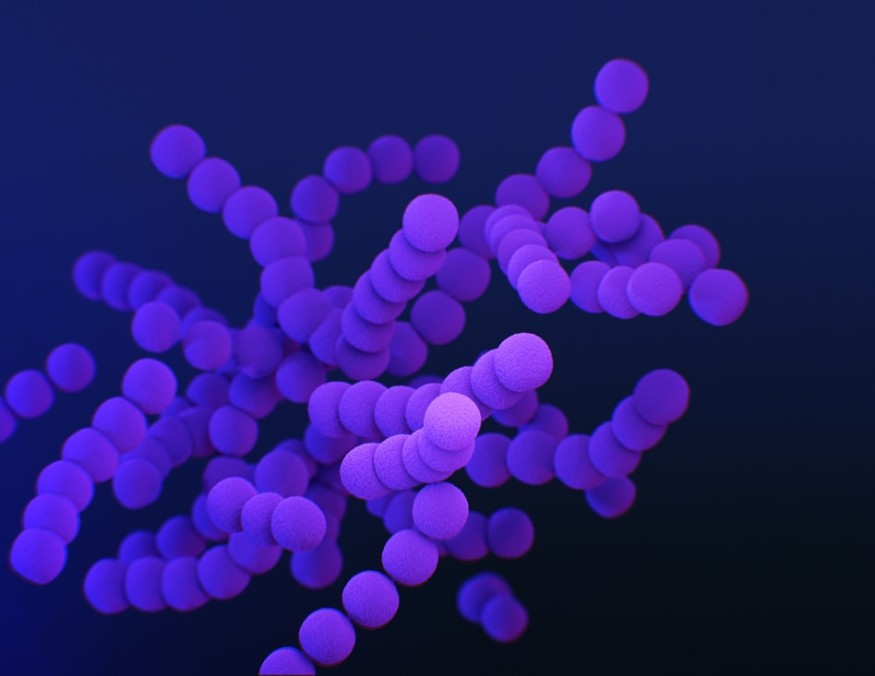
Antibiotic-resistant bacterias are becoming a global health threat causing 700,000 deaths annually, according to the World Health Organization. If this threat is not immediately dealt with action, the death toll can rise to 10 million per year by the year 2050, dethroning cancer at the top spot of leading causes of death. Fortunately, researchers from the Royal Melbourne Institute of Technology (RMIT University) developed a new technique in destroying these antibiotic-resistant superbugs.
The researchers came up with this solution by using nano-sized particles of magnetic liquid metals that will be able to destroy the antibiotic-resistant bacteria and its bacterial biofilm without harming good cells. The study, which is published in ACS Nano, is offering a groundbreaking technology that can serve as a foundation for future bacteria-fighting technologies.
WILL PHYSICALLY DESTROYING ANTIBIOTIC-RESISTANT BACTERIA BE EFFECTIVE?
According to Dr. Aaron Elbourne, a postdoctoral fellow in the nanobiotechnological laboratory at the RMIT, antibiotics had revolutionized health greatly ever since its discovery 90 years ago. Unfortunately, due to the widespread misuse of antibiotics, bacterias developed an immunity which makes antibiotics ineffective. In turn, these antibiotic-resistant bacterias are spreading and it leads to the growth of bacterial biofilm infections which can no longer be dealt with by existing antibiotics. Dr. Elbourne explains that nowadays, common bacterial infections, minor injuries, and/or routine injuries can once again be fatal. "It's not enough to reduce antibiotic use, we need to completely rethink how we fight bacterial infections." He said.
Dr. Elbourne explained that bacterias are highly adaptable to their surroundings and can develop defenses to certain chemicals used in antibiotics. However, bacterias cannot deal with a physical attack. "Our method uses precision-engineered liquid metals that will physically tear the bacteria and rip them to shreds. It will also smash through the biofilm where bacteria live and multiply." He explains. The researchers are optimistic that with further development, this piece of technology can help make history in the fight for antibiotic-resistant bacteria.
The team is proud to be the only team in the world to investigate the potential of magnetic liquid metal nanoparticles. These nanoparticles change shape and develop sharp edges when exposed to a low-intensity magnetic field and when droplets of these nanoparticles are placed in contact with a bacterial biofilm, they would break down the bacterial biofilm and physically destroy the cells.
In this study, the team tested their methodology against two types of bacterial biofilms: Gram-positive and Gram-negative. After an hour and thirty minutes of exposure to the liquid nanoparticles, the biofilms were eradicated and 99% of the bacteria were dead. Laboratory tests were also showing that the nanoparticles did not affect the human cells in any way. Researchers explained that this technology can greatly help in dealing with antibiotic-resistant bacteria and can one day be used in treating infections.
Postdoctoral fellow and co-author of the study Dr. Vi Khanh Truong of North Carolina State University explains that the nanoparticles can be used as a spray coating for implants to make them antibacterial and reduce the rates of infection. "There is also potential to develop this into an injectable treatment that could be used at the site of the infection," Truong said.











